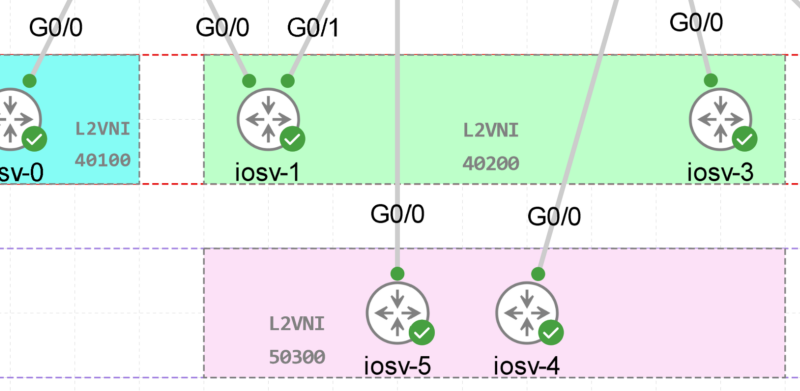LACP Marker Responders Explained
Why:
You can dynamically redistribute the data traffic by using port channels. This redistribution might result from a removed or added link or a change in the load-balancing scheme. Traffic redistribution that occurs in the middle of a traffic flow can cause mis-ordered frames.
Solution: LACP Marker Protocol
LACP Marker Protocol ensure that frames are not duplicated or reordered due to this redistribution.
How it works:
It detects when all the frames of a given traffic flow are successfully received at the remote end.
1- LACP Local system sends Marker PDUs on each of the port-channel links.
2- The remote system responds to the Marker PDU once it receives all the frames received on this link prior to the Marker PDU.
3- The remote system sends a Marker Responder.
4- Once the Marker Responders are received by the local system on all member links of the port channel, the local system can redistribute the frames in the traffic flow with no chance of mis-ordering.
You can check the send Marker and received Response via:
n3k# show lacp counters
LACPDUs Marker Marker Response LACPDUs
Port Sent Recv Sent Recv Sent Recv Pkts Err
---------------------------------------------------------------------
port-channel34
Ethernet1/16 790406 0 0 0 0 0 0 Reference: Cisco

![Explore The BGP Path Selection Attributes [Explained with Labs]](https://learnduty.com/wp-content/uploads/2022/07/image-28-800x450.png)
